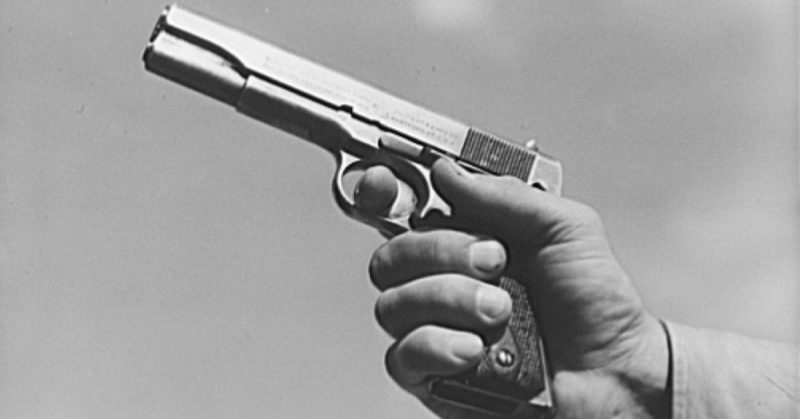Imagine entering the Army and receiving your personal firearms only to see that the pistol that you are issued, the Browning M1911, looks very much worse for wear; the front sight is askew, and the bluing has just about been rubbed off. Pfc Sean Lamphere found himself in just this situation when, in 1993, he received his pistol when stationed at Fort Stewart in Georgia. He thought the pistol looked like it had seen years of service and he was correct; the gun had been in service for 50 years.
For the past 80 years, stretching from the start of World War I to Operation Desert Storm, the sidearm of choice for the US military has been the M1911, created in 1911 by J. M. Browning. The pistol was initially manufactured in the Colt factory before being produced by Browning.
The question is, how did this pistol remain unchanged for 80 years until it was decommissioned in 1985? The simple answer is that in 1945 the Army purchased so many of these pistols that they have been using up their stock ever since.
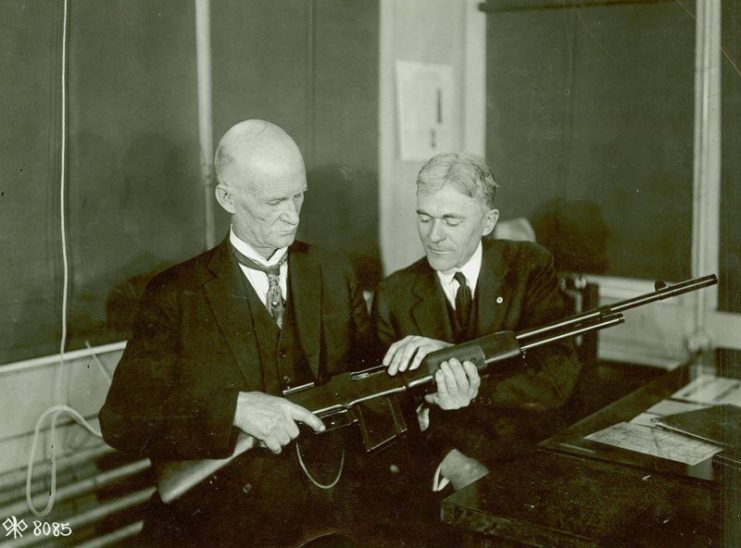
The M1911 was beloved by generations of Army personnel, and even though it was officially decommissioned in 1985, many soldiers refused to stop using them and requested their return to service during the conflicts in Afghanistan and Iraq.
Now, the army is putting many of these sidearms up for sale. Two years ago, via the National Defense Authorization Act, the American Congress authorized the transfer of 10,000 of these pistols to the Civilian Marksmanship Program (CMP) which will manage the sale of the handguns.
Since being decommissioned, the pistols have been in storage at the Anniston Army Depot in Alabama, but starting in June people can apply to purchase one of these pistols for around $1,000. Army spokesman Wayne Hall told an interviewer that selling the guns will save the Army thousands in storage costs, but he emphasized that the funds received for the sale of the pistols will not go to the Army. They are destined for a non-profit organization.
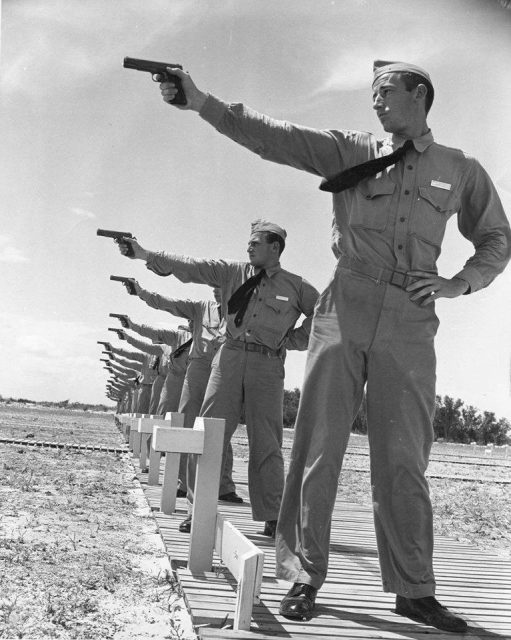
Steve Cooper, marketing director of the CMP, described a little of its history and aims. President Theodore Roosevelt established this national marksmanship program in 1903 with the purpose of improving the marksmanship of the average rifleman in the armed services.
Now the primary goal of the program is to educate and train citizens of the US in the responsible use of firearms, including air guns. The program includes marksmanship training, safety training, and competitions.
The organization also maintains various gun ranges, supplies information to gun clubs and offers classes to the U.S. Army Marksmanship Unit. One of their primary focus areas is youths, and they support many Junior ROTC programs. These youth programs have spawned Olympic marksmen.
Cooper said that the sale of the M1911 pistols will support these programs and that the interest from the public has been tremendous. People from all walks of life, be they collectors, family members of veterans that fought in the various conflicts over the past 80 years as well as historians, have all expressed interest in owning one of these iconic weapons.
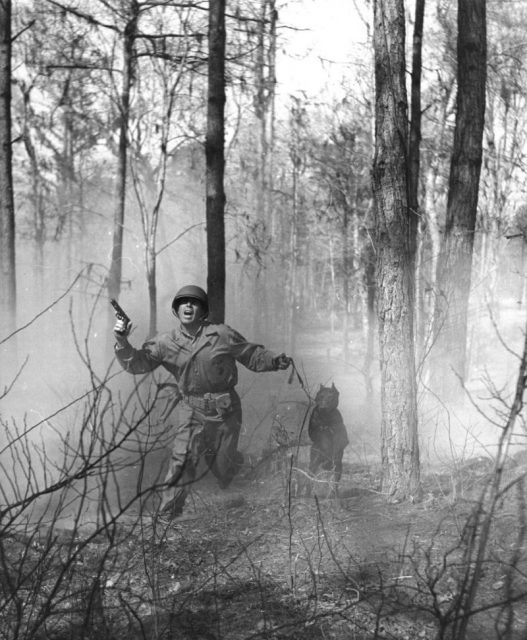
Many veterans have balked at the price set by the CMP. The price has been set at between $850 and $1,050 based upon the condition of the weapon. Cooper stressed that the arms have historical value and several that are deemed to be valuable have been set aside for auction.
These are weapons in which all the parts have matching serial numbers. Other factors that increase the value of the guns are any that have US Navy markings or those known to have been issued to the Marine Corps.
Cooper indicated that each application would receive a unique number and the CMP would use a random number selection process to sell the weapons.
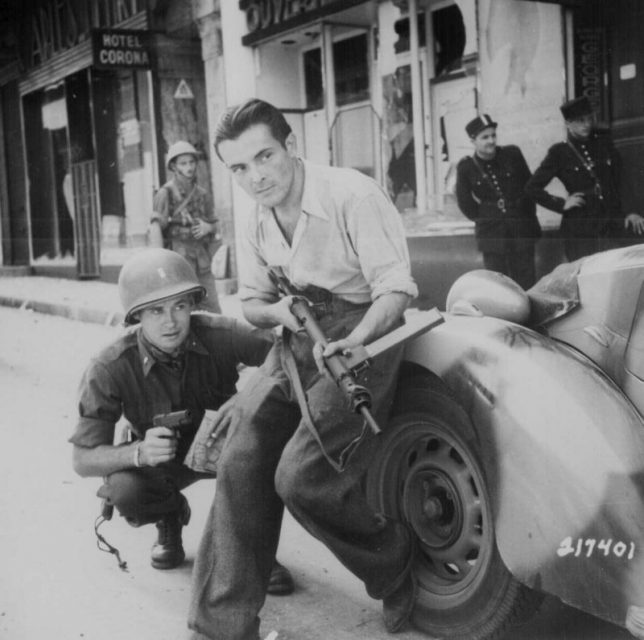
Leroy Thompson, a military weapons expert, is not surprised by the interest in the so-called “Government Model,” as these M1911s being sold via the CMP have been dubbed. Even though you can buy new M1911 pistols, they have not seen service, and the knowledge that the weapon had been used in a conflict situation is where the appeal of the “Government Model” lies.
Veterans who used the weapons knew that they were reliable and durable and when they were used to put the enemy down, they stayed down. He added that for many years soldiers used rifles, machine guns or tanks as their primary weapon as that suited the type of warfare being fought, so there was no real need to replace the pistol, which was a weapon of last resort.
As urban warfare became more prevalent, the pistol gradually assumed a far more significant role in the life of the average soldier, meaning that the M1911 had to be replaced as it was getting old and newer technology was to be introduced.
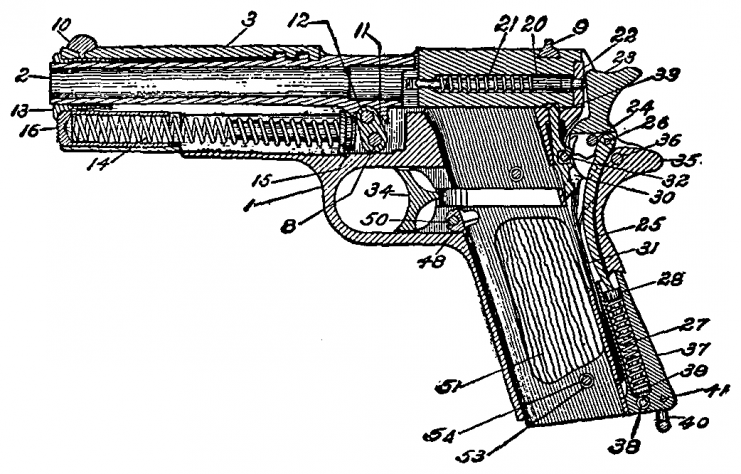
Thompson also surmised that some of the more valuable weapons could be those manufactured by the Singer sewing machine company. During WWII, Singer produced a run of 500 guns but their quality was suspect, and the Government did not renew the contract with Singer. An authentic M1911a1 manufactured by Singer could bring as much as $100,00 at auction.
For further information on the sale of these weapons HERE.
